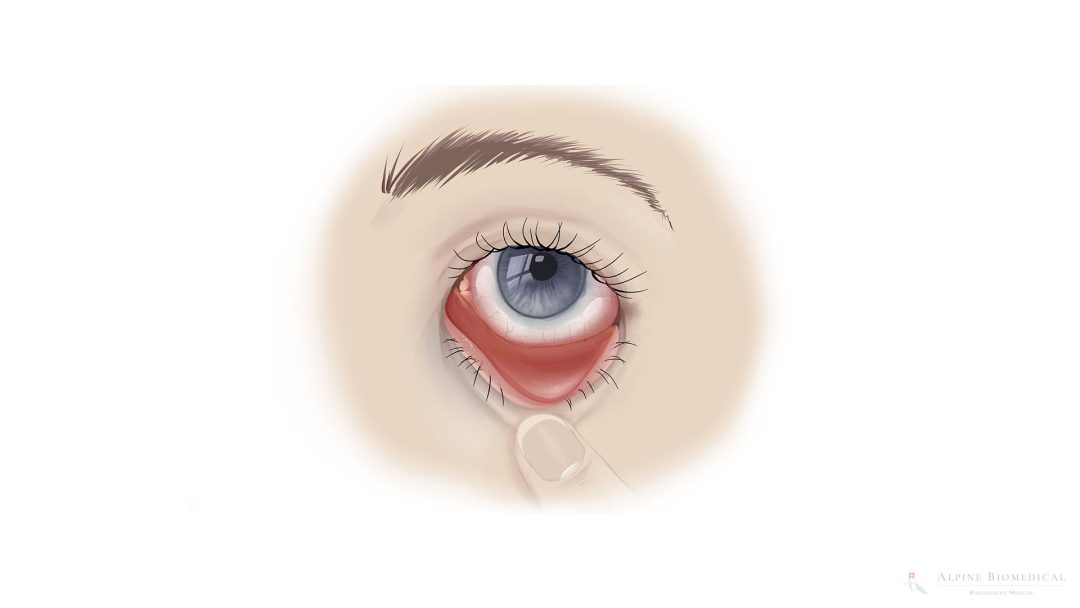Conjunctivitis

Conjunctivitis is a common eye disease that is accompanied by a reddened eye. Viral or bacterial conjunctivitis is contagious because the germs adhere to the hand when touching the eye and can therefore be easily transmitted.
Causes of Conjunctivitis
There are various causes of conjunctivitis. These include, for example, bacterial or viral infections, allergies or irritants such as smoke or chemicals. Only infectious conjunctivitis has an increased tendency to become contagious.
It is important to avoid eye contact with irritants and to wash your hands regularly to prevent the spread of germs.
Symptoms of Conjunctivitis
Typical symptoms include red eyes, itching, watery eyes and sometimes a crusty, sticky or purulent secretion. The secretions can be examined and are clinically relevant for the diagnosis.
Treatment of Conjunctivitis
Treatment often depends on the cause. Viral conjunctivitis usually heals on its own and does not require any therapeutic support. Bacterial infections, on the other hand, often require medical treatment with antibiotics or alternative, naturopathic remedies.
In the case of allergic genesis, antihistamines orally or as eye drops often help to alleviate the symptoms.
It is important to avoid eye contact with irritants and to wash your hands regularly to prevent the infection from spreading.
Conjunctivitis can be unpleasant, but with the right treatment a full recovery is possible.
The indication, choice of remedy and dosage belong in the hands of a competent doctor. A holistic doctor is to be preferred because he or she not only treats symptoms but also focuses on the cause.
Dr. med. Karsten Ostermann M.A.
Recurrent conjunctivitis indicates an underlying physical problem. Cause-oriented diagnosis and treatment are important.

Further information
The information listed contains relevant topics and serves to improve understanding.